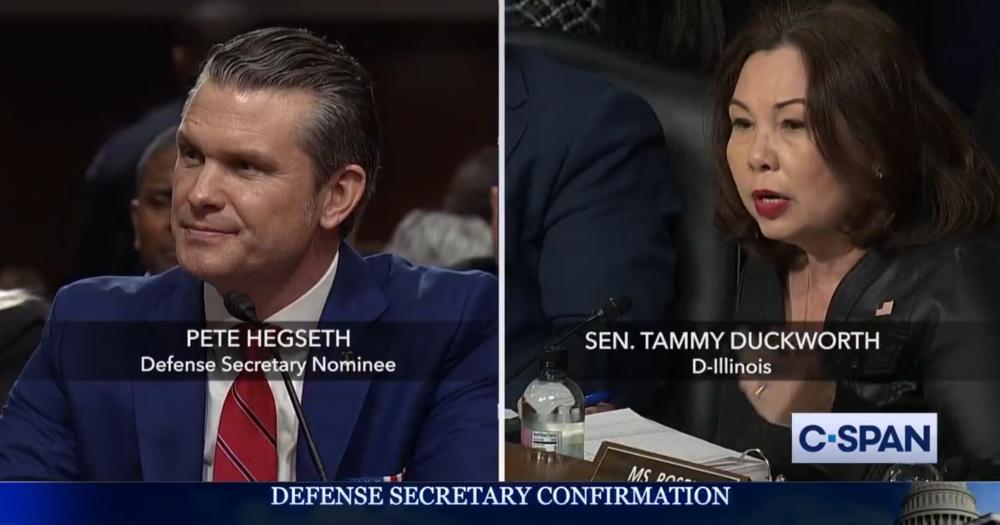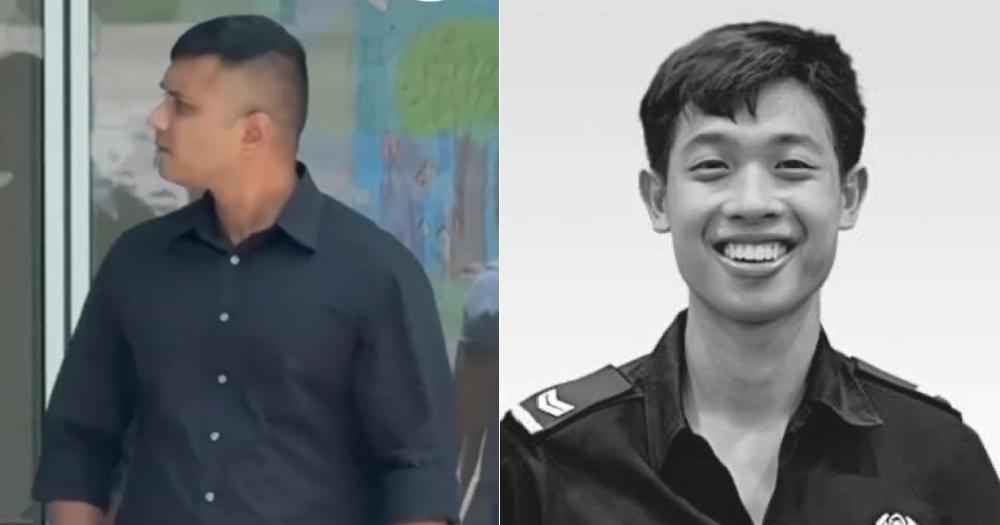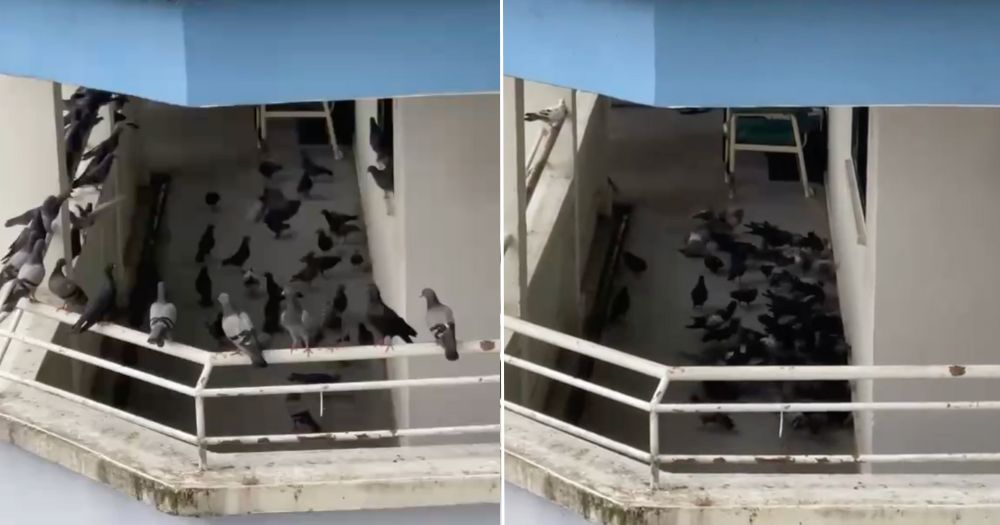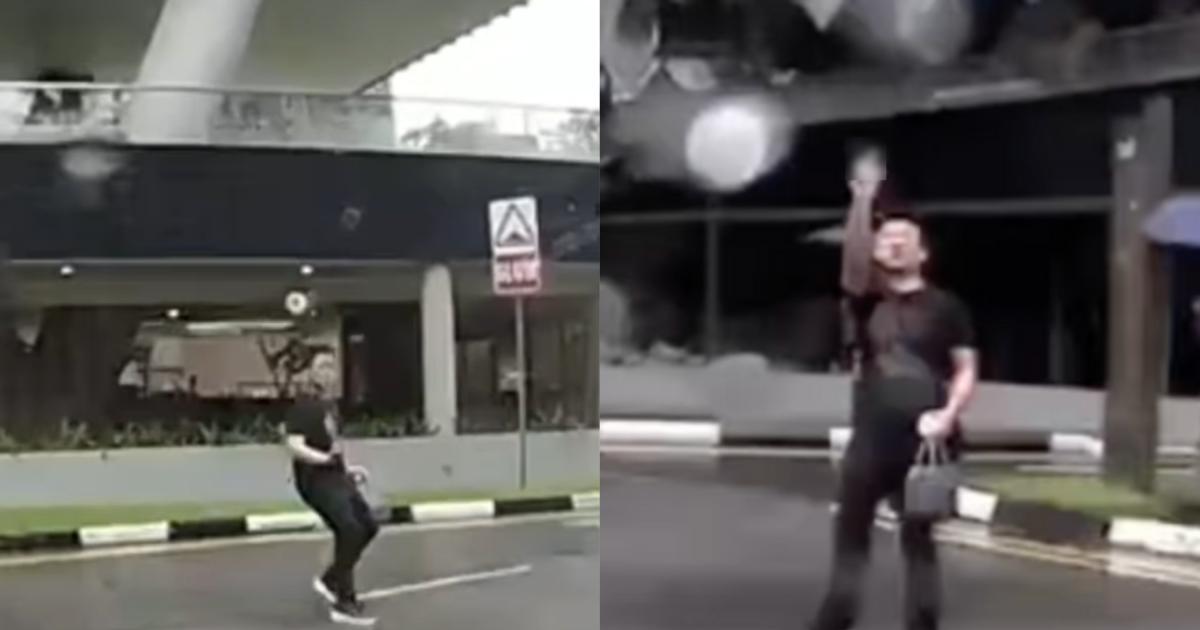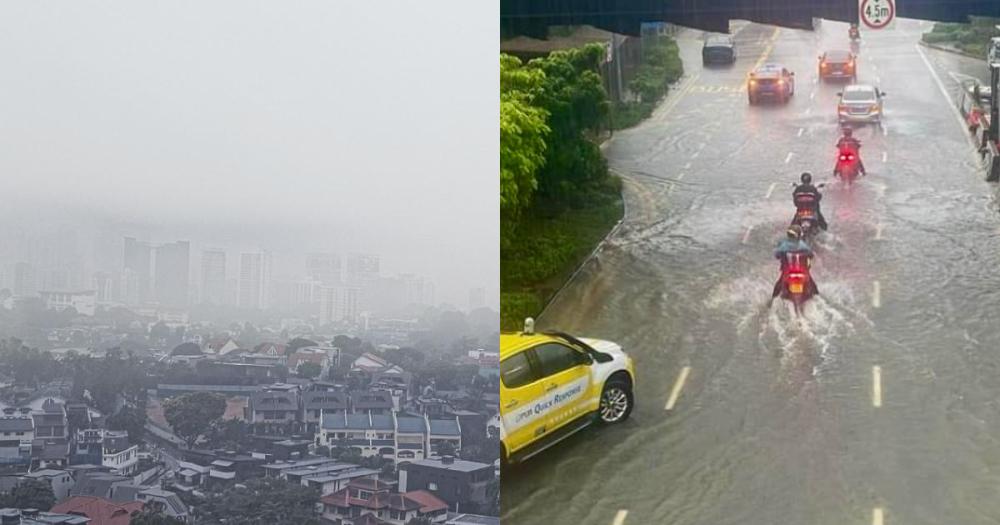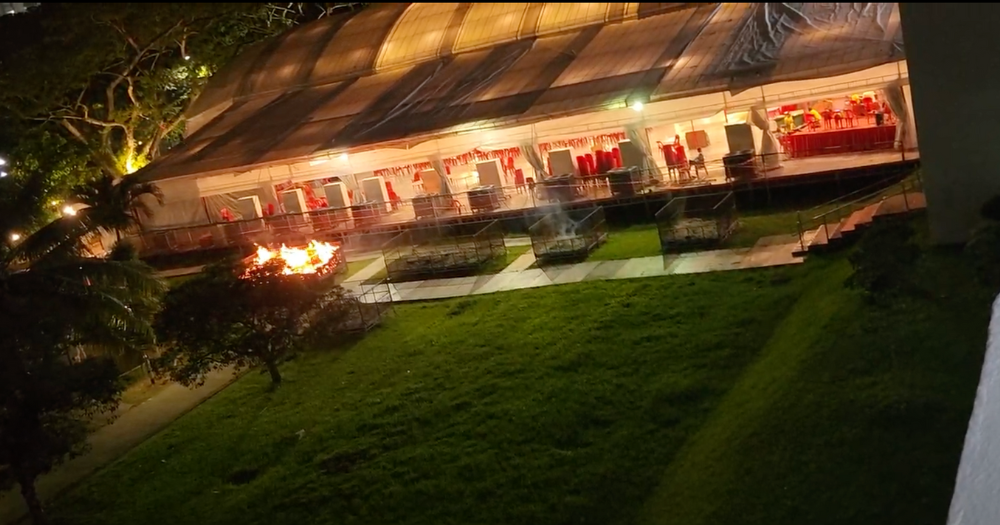Israel & Hamas agree deal to pause fighting in Gaza
According to a Palestinian official, both parties held "indirect talks" for six hours on Jan. 13.
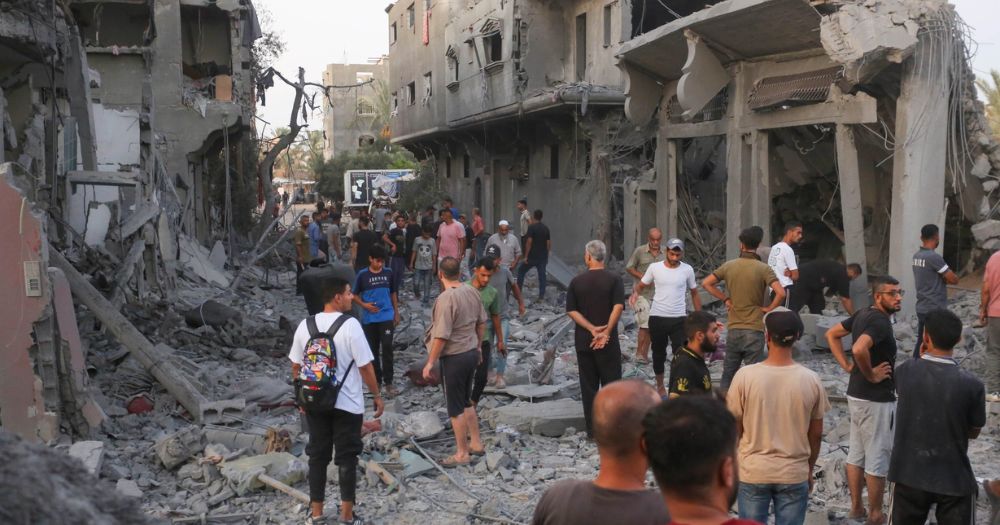
Israel and Hamas have agreed on a temporary ceasefire deal in the Gaza Strip, after negotiations held in Qatar on Jan. 13, 2025.
The deal was reported by multiple media outlets in the early hours of Jan. 16 (Singapore) time, including the Wall Street Journal (WSJ) and The Guardian, who cited Arab mediators, an Israeli official, U.S. officials and Hamas representatives.
Agreement in phases
The deal will see a phased implementation, starting with the release of some of the hostages abducted by Hamas in their terror attack of Oct. 7, 2023.
They will be exchanged for Palestinian prisoners in Israeli jails.
The initial group of 33 hostages to be released include "women, children, people with severe injuries and those above the age of 50," according to the WSJ.
Dead bodies of some of the other hostages will also be handed over in this initial group of 33.
According to Israel officials, they do not know the exact number of the hostages still alive who will be released in the initial stage, WSJ reported.
The deal will also allow thousands of displaced Palestinians to return to their homes in Gaza, and "flood badly-needed humanitarian aid" to the area, Guardian reported.
Contention over permanent ceasefire
A permanent ceasefire appears less certain, as talks will resume after 16 days to discuss the release of the remaining hostages and the rebuilding of Gaza.
Israel and Hamas differ over whether releasing all the remaining hostages will lead to permanently ending the war, with Israel intending to continue the fighting after getting back all the hostages.
However, WSJ quoted Arab mediators that "Hamas accepted verbal guarantees from the U.S., Qatar, Egypt and Turkey that Israel would continue negotiations for a permanent ceasefire after the expiration of the first phase of the deal."
Long-drawn negotiations
According to BBC, a Palestinian official familiar with the negotiations said that the parties involved were holding "indirect talks in the same building" in Doha for six hours.
The discussions include agreements such as Hamas releasing hostages from Israel, and the withdrawal of Israeli troops from populated areas.
A sticking point was Israel Prime Minister Benjamin Netanyahu being opposed by right-wing members within his coalition and also some from his own Likud Party against the truce.
However, Netanyahu was able to solidify his coalition and therefore reduce the leverage of those within his government who opposed a ceasefire deal, WSJ reported.
U.S. post-war management plan for Gaza
U.S. Secretary of State Antony Blinken has also said that post-war management plans for Gaza will be submitted to President-elect Donald Trump's administration if negotiations lead to a confirmed ceasefire deal, reported Reuters on Jan. 14, before the announcement of the deal.
The talks were also attended by Trump's incoming Middle East envoy Steve Witkoff and current President Joe Biden's envoy Brett McGurk.
Blinken said in a separate speech at the Atlantic Council in Washington on Jan. 14 that a "security force" would be formed together with partner nations and vetted Palestinian personnel, as part of the post-war management plans for Gaza.
"For many months, we've been working intensely with our partners to develop a detailed post-conflict plan that would allow Israel to fully withdraw from Gaza, prevent Hamas from filling back in, and provide for Gaza's governance, security and reconstruction," he added.
Blinken said that the plan was crucial to ensure a "credible political horizon for Palestinians" and to prevent Hamas from re-emerging, reported Reuters.
Trump said in a social media post that Witkoff will continue to “work closely with Israel and our Allies to make sure Gaza never again becomes a terrorist safe haven."
Top photo via UN Palestinian Rights Committee/Facebook
MORE STORIES









